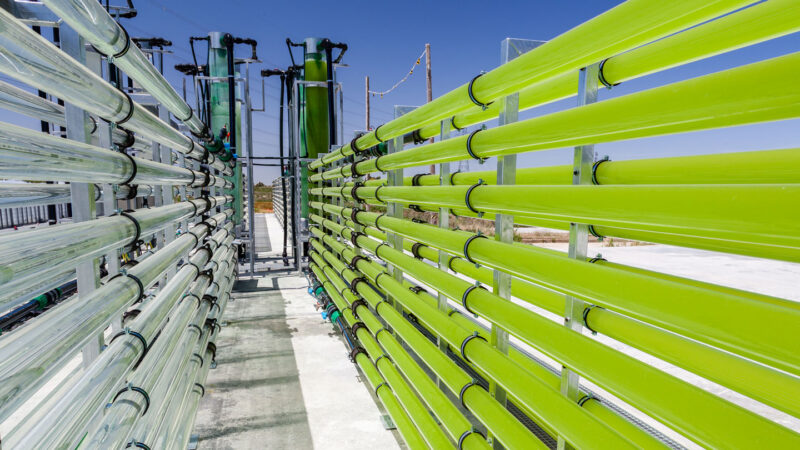Carbon capture (noun, “KAR-bun KAP-ture”)
Carbon capture refers to technology that tries to tackle climate change by capturing carbon dioxide, or CO2.
In Earth’s atmosphere, CO2 works like a blanket. It traps heat, warming our climate. Humans add a lot of CO2 to the air when they burn fossil fuels, such as coal, oil or natural gas, for energy. Carbon capture can reduce this climate-warming CO2 pollution.
Explainer: CO2 and other greenhouse gases
There are two main types of carbon capture. One removes CO2 that’s already in the atmosphere. That’s called non-point-source capture. The other removes CO2 from the source — where it is made — so it never enters the atmosphere. That’s called point-source capture.
Point-source carbon capture is used in some industries that produce a lot of CO2, such as steel- and cement-making. One type of point-source carbon capture uses a liquid to remove CO2 before it billows out of a smokestack. Another approach uses special materials that cling to CO2 molecules, removing them from emissions. Once captured, this carbon must be used or pumped deep underground for storage.
Non-point-source carbon capture removes CO2 from the atmosphere — after it has escaped from where it was made. One approach uses tanks filled with a kind of algae called microalgae. Like plants, these algae carry out photosynthesis. This process converts CO2 in the air into sugar, which the algae use to grow and reproduce. When algae reproduce — giving rise to more algae — they’ve turned CO2 into biomass, the matter that makes up organisms. That removes CO2 from the air. The algae’s biomass might then be stored or used to make fertilizers or other valuable products.
Carbon capture technologies receive some criticism. Some people argue that the benefit of this tech is too small to be of value. Or that carbon capture can disguise the real problem — that people should not be burning so many fossil fuels in the first place. Others point to the risks of carbon capture, such as leakage of the stored CO2. Carbon capture technologies remain one of several approaches to tackling climate change.
In a sentence
For carbon capture, special nano-scale materials sponge CO2 from the air.





